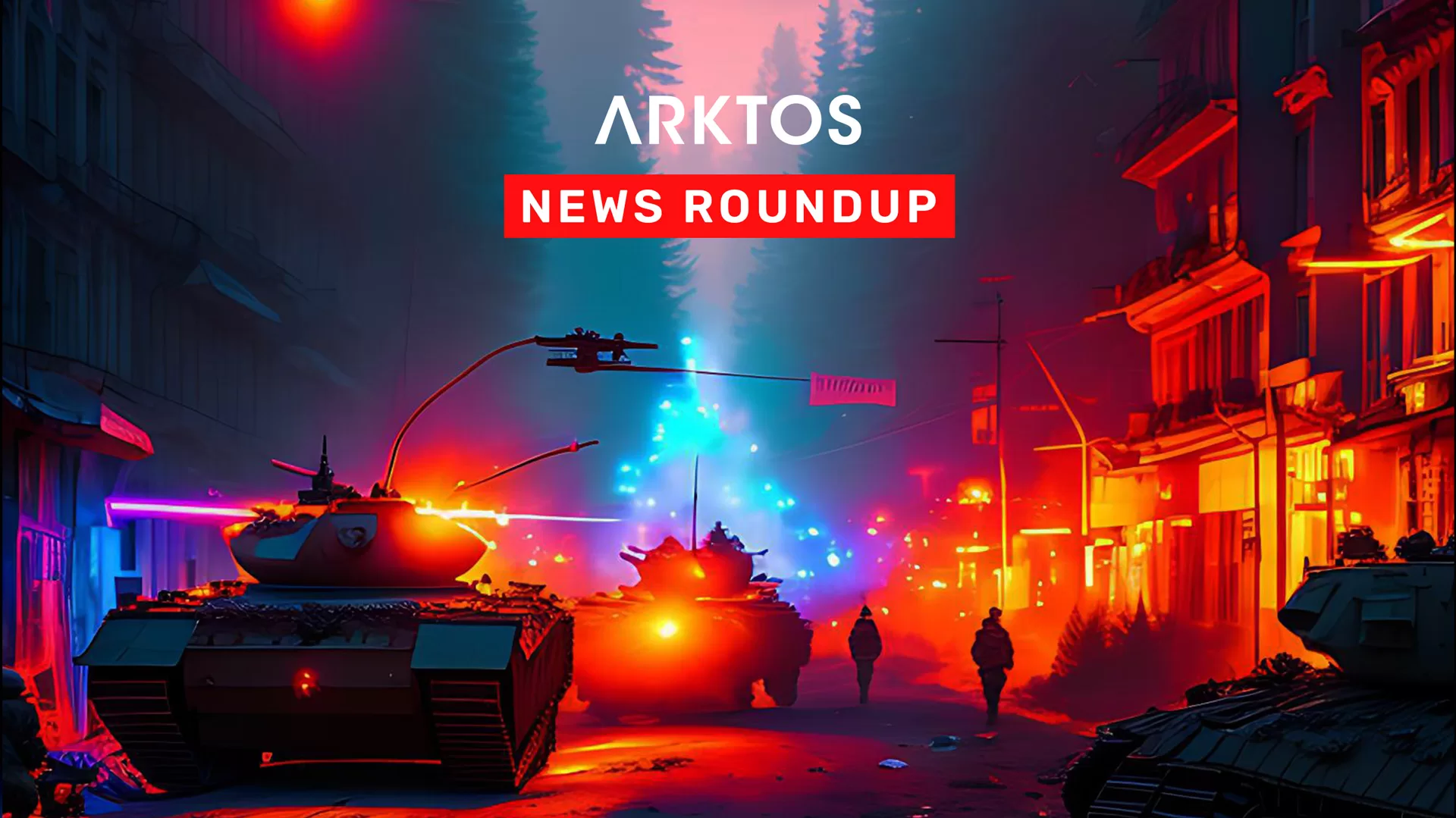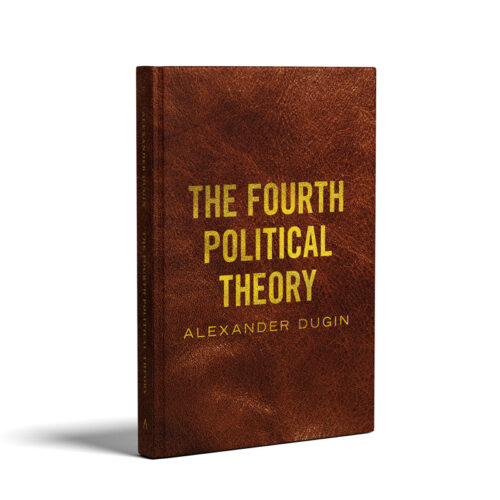Disclaimer: News on the Russo-Ukrainian War develops rapidly. The information in this news piece may or may not have changed by the time of its publication.
Russia to Transfer Tactical Nuclear Weapons to Belarus
The most notable update of the past week to emerge from the Russo-Ukrainian War has been the breaking news that Russia will officially be transferring a number of tactical nuclear weapons to Belarus. This information was first reported on by Russian news outlet TASS. As of the writing of this article, Russia has already sent to Belarus 10 strategic bomber planes capable of carrying these tactical nuclear bombs.
It must be emphasised here for the sake of further context that there is a significant difference between tactical and strategic nuclear weapons. Tactical nukes are much smaller in explosive power and are reserved only for battlefield use, meaning that small towns and parts of larger cities that are of military significance to the enemy would be most under threat from these types of nukes. With all this said, exactly what types of nuclear warheads can truly be considered “tactical” in nature is still very vague, given the wildly differing yields that can be unleashed with tactical nukes. Depending on the warheads used in which types of bombs, missiles, torpedoes, etc., tactical nukes can vary in yield from as much as a single kiloton to 50 kilotons. The bombs that were dropped over the Japanese cities of Hiroshima and Nagasaki in August 1945 had yields of between 15 and 20 kilotons, respectively. While it is still not yet known as to what the yields are of the tactical nukes that Russia will be transferring to Belarus, it is unlikely that these weapons will be powerful enough to completely destroy an entire small city. At most, we could be looking at nukes just large enough to cause catastrophic damage to small cities the size of, say, Bakhmut or Avdeevka. Alternatively, these nukes could be even less powerful than that. To use an example from pop culture – just for the sake of providing a rough picture of nuclear yield – for those who have played the popular post-apocalyptic role-playing video game Fallout 3, the nuclear bomb that the player can choose to detonate to destroy the town of Megaton would be the most likely type of nuke that the Russians will send over to Belarus in terms of yield – not enough to destroy an entire settlement (definitely a village, however) but just powerful enough to cause immense damage to a part of the town or city in an instant.
Strategic nuclear weapons, however, are the ones that everybody should fear. These are the nukes that can have a yield of anywhere above 100 kilotons (the line between tactical and strategic nukes is somewhat unclear between 50 and 100 kilotons). The largest nuclear device and explosion ever detonated in human history was the Tsar Bomba, detonated by the Soviet Union in 1961 during a test. The Tsar Bomba had a yield of about 55 megatons – 55,000 kilotons. “Thankfully”, modern nuclear weapons are nowhere near as powerful as the Tsar Bomba, but they can still cause devastating damage to even the largest cities on Earth today. For example, one of the largest strategic nuclear weapons in service today is the Chinese DF-5, with a yield of over 5 megatons (5,000 kilotons). If such a nuke were to be detonated above London, for example, the total damage radius as a result of the blast would go beyond even the boundaries of Greater London itself, killing and severely injuring approximately 10 million people. The inner-city part of London itself would be totally destroyed, whereas the wider Greater London area would experience severe thermal radiation damage to the local population and wildlife, not to mention catastrophic environmental damage.
The reason why I have gone into so much detail above about nuclear weapons is because it is crucial to understand the differences between tactical and strategic nukes within the context of Russia’s future transferring of these weapons to Belarus. The response from the international community to such a move will differ depending on what kind of nukes Belarus will actually be in possession of. Tactical nuclear weapons for use only against Ukraine in the event of Belarus’ entry into the war is one thing, as the damage will largely be localised to the area where the nuke has been detonated, but if Russia ever transferred strategic nuclear weapons to Belarus, that would undoubtedly result in a much more panicked response from the international community. Strategic nukes would only ever be used if, say, Kiev itself were targeted to be destroyed entirely, or if Belarus had decided to launch such missiles at other countries within the flight range of the missiles and/or the bomber planes designed to carry strategic nuclear bombs.
It must also be noted that despite the Western backlash against the transferring of Russian tactical nuclear weapons to Belarus, the United States alone has over 100 nuclear warheads of its own stationed in multiple foreign countries, including the Netherlands, Germany and Turkey. It is rather hypocritical of the United States to criticise Russia for deploying nuclear weapons to its neighbouring, allied country while in a state of war with Ukraine, while the US has installed far more nuclear warheads in countries in entirely different continents. NATO itself has stated that it will be monitoring the situation “closely”, while the European Union is already in talks to impose further sanctions against Russia – and likely Belarus too – as a result of Putin’s announcement. The Ukrainian government has also called for the United Nations Security Council to convene for an emergency session over the situation.
The current plans are for Russia and Belarus to jointly construct a facility to store these tactical nuclear weapons by the 1st July of this year.
Ukrainian Drone Hits Russian Town
Yesterday, a drone packed with explosives hit the Russian town of Kireyevsk, which is located approximately 230 km south of Moscow. The blast reportedly injured three people and damaged several buildings, leaving behind a large crater. Reports have also indicated that the drone was controlled by the Ukrainian Armed Forces, which is almost a certainty as Ukraine has been producing and receiving long-range UAVs from the West precisely for the purpose of striking Russian targets inside the pre-war borders of Russia itself. The significance of these attacks is notable because it appears that these drones are being flown and crashed closer and closer towards Moscow itself. If an attack from a Western-supplied UAV were to ever take place against Moscow itself, this would no doubt result in a harsh military response from the Kremlin against Ukraine, especially if civilians were hit in Russia’s capital city.
The Battles of Bakhmut & Avdeevka
Although the Battle of Bakhmut has been “slowing down” in terms of operational movement from both the Russian and Ukrainian sides, urban combat in the northern, eastern and southern parts of the city continues to rage. Fighting on the outskirts of the city has largely slowed to what is almost an operational pause for both sides. From the Russian side, Wagner forces have successfully captured and secured the AZOM metalworks in the northern part of the city, while further Wagner advances in the south of the city slowly push up towards the centre of Bakhmut.
From the Ukrainian side, there continue to be small “counter-offensives” against the Russian forces pushing into the city itself, although rather than these assaults being intended to push back the Russians from Bakhmut itself, these small firefights are intended to keep withdrawal paths open for as long as possible for the Ukrainian troops who continue to pull out of the city in significant numbers, citing large numbers of casualties every single day. The most recent Western outlets estimate an average of about 200 deaths for the Ukrainian forces per day. The same has been estimated for the Russians.
Ukrainian President Volodymyr Zelensky and his advisors continue to send fresh troops into Bakhmut in the hope of somehow depleting the Russians’ capabilities to further assault the city and drive them out. An increasing number of Western outlets are beginning to admit that Zelensky’s obsession with holding Bakhmut is more out of sheer desperation of not facing another significant defeat against the Russians and suffering a publicity blow. There are already signs that Zelensky will attempt to shift the blame for Bakhmut’s loss onto the West, given his new videos which continue to demand more and more weapons from the West, claiming that without them, Ukraine cannot launch any further assaults against the Russians.
Meanwhile, the pace of the Battle of Avdeevka is quite the opposite, with Russian forces rapidly encircling the city and engaging in ferocious urban combat against the defending Ukrainians. What is even more significant is that only one major road in and out of Avdeevka remains open to the Ukrainians, and the Russians could very swiftly cut off this road and fully encircle Avdeevka if they assault the small town of Orlivka to the west of the city. Once Orlivka is taken, there is very little left for the Ukrainians in Avdeevka to do but to either continue holding out in a futile last stand or to surrender to the Russians.
At the current rate of things, Avdeevka is very likely to fall before Bakhmut does, and the capture of both by the Russians will prove to be a significant couple of victories for Moscow in Russia’s campaign in the Donetsk region.









